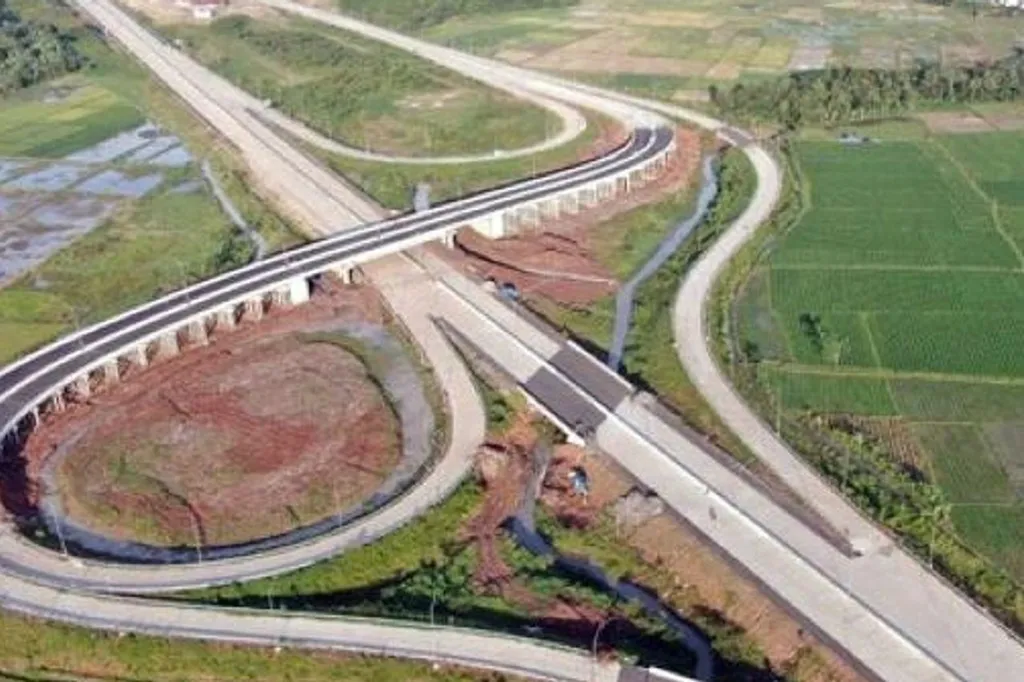In the bustling Panimbang District, where traffic congestion threatens to stifle economic growth, a beacon of hope emerges from the halls of Universitas Serang Raya. A Nazil Munjazi, a dedicated researcher, has unveiled a promising solution to the region’s transportation woes, offering a blueprint for future developments in road infrastructure and traffic management.
Munjazi’s study, published in the *Journal of Civil Engineering Study* (Jurnal Civil Engineering Study), tackles the pressing issue of traffic congestion head-on. By employing advanced traffic modeling techniques, including the trip assignment method and compound interest formulas for traffic volume projection, Munjazi has demonstrated the technical feasibility of constructing an alternative road in the district.
The current road network in Panimbang District is struggling to keep up with the increasing traffic volume. Munjazi’s analysis reveals that the degree of saturation (DS) on the existing road is a mere 0.283, a figure that is projected to rise to 0.401 over the next decade. This increase in DS, a measure of how close traffic demand is to the road’s capacity, signals a looming crisis that could have significant commercial impacts, particularly for the energy sector.
“The alternative road is not just about easing traffic congestion; it’s about ensuring the smooth flow of goods and services, which is crucial for economic growth,” Munjazi explains. The proposed alternative road, designed with a capacity of 5,100 passenger car units (pcu) per hour and an operational speed of 42 km/h, promises to alleviate these concerns. According to Munjazi’s simulations, the new road could reduce the DS to 0.159, significantly decreasing travel time from 42 minutes to 28 minutes. Moreover, the road offers more than 70% spare capacity to accommodate future traffic growth.
The implications of Munjazi’s research extend far beyond Panimbang District. The study provides a robust methodology for assessing the technical feasibility of alternative roads in other congested areas, offering a potential solution to a global problem. By applying the trip assignment method and traffic volume projection using compound interest formulas, urban planners and policymakers can make informed decisions about infrastructure development.
“This research is a game-changer,” says a senior official from the local government. “It provides us with the data and tools we need to make strategic decisions about our road infrastructure. The potential benefits for our economy, particularly the energy sector, are immense.”
As cities around the world grapple with increasing traffic congestion, Munjazi’s research offers a beacon of hope. By demonstrating the technical feasibility of alternative roads, the study paves the way for future developments in traffic management and urban planning. The energy sector, in particular, stands to benefit from improved road infrastructure, as the smooth flow of goods and services is crucial for economic growth.
In the face of a global transportation crisis, Munjazi’s work serves as a reminder that innovative solutions are within reach. By harnessing the power of advanced modeling techniques, we can build a future where roads are designed to accommodate the needs of a growing population, ensuring the smooth flow of traffic and the prosperity of our communities.

